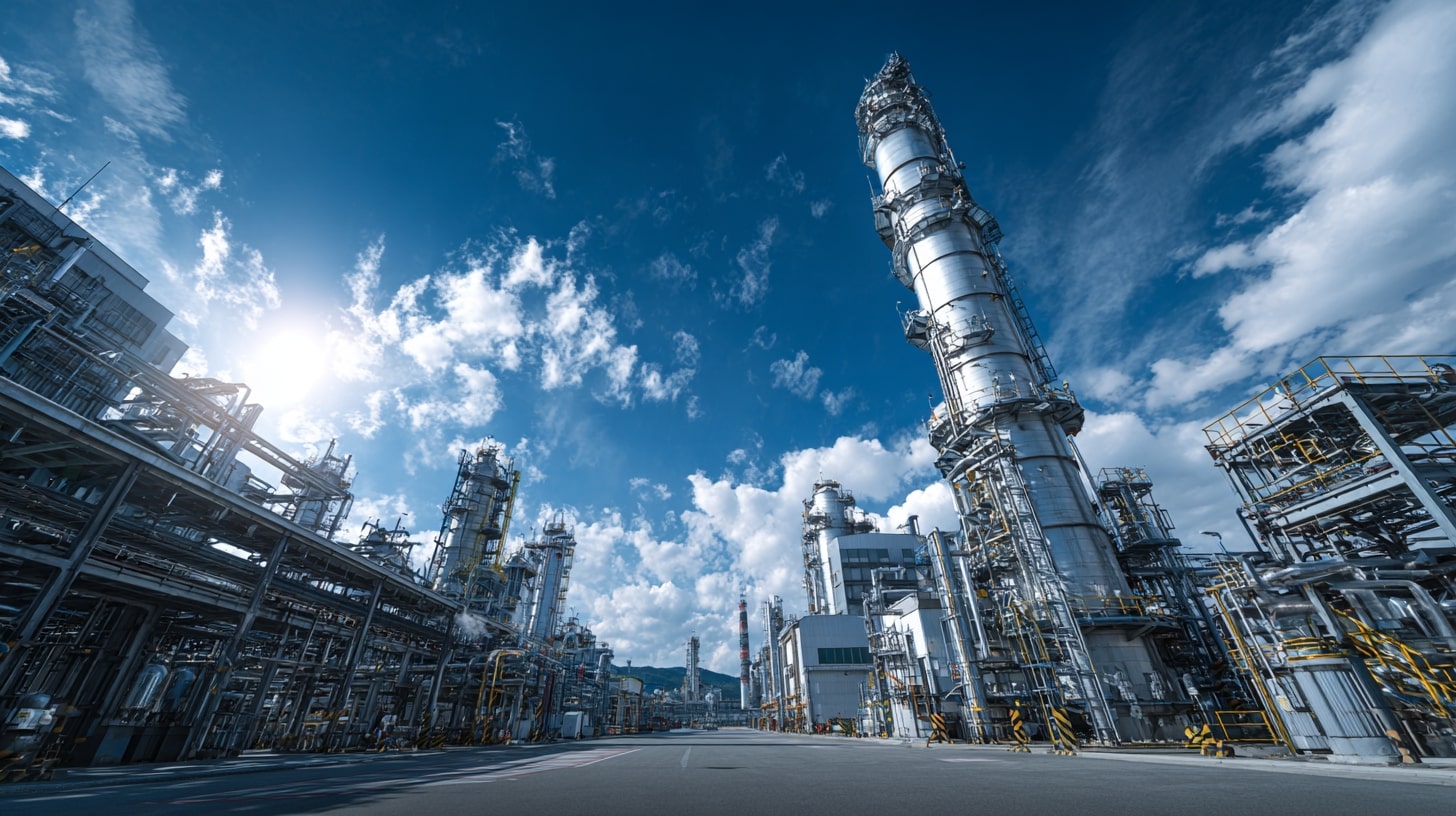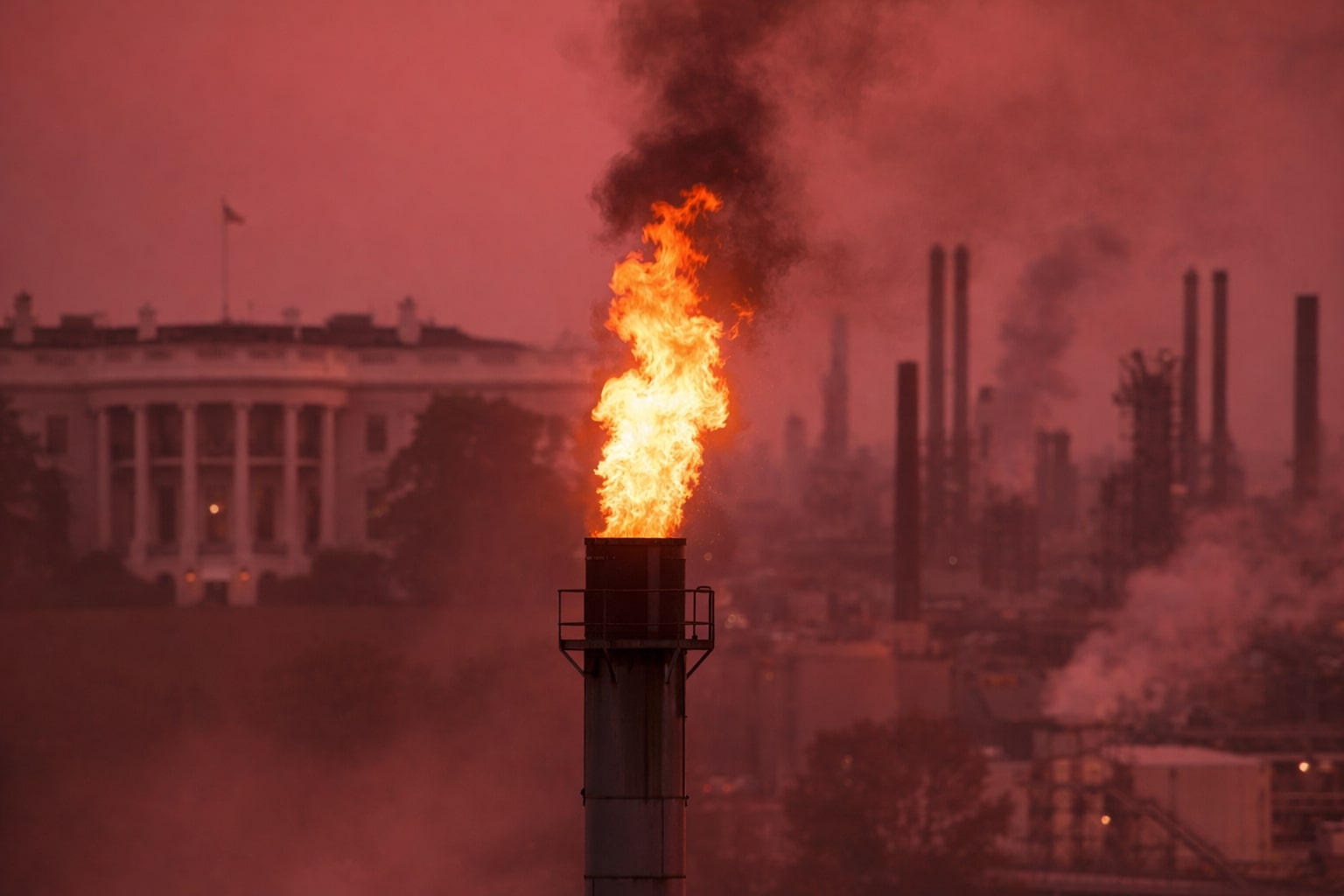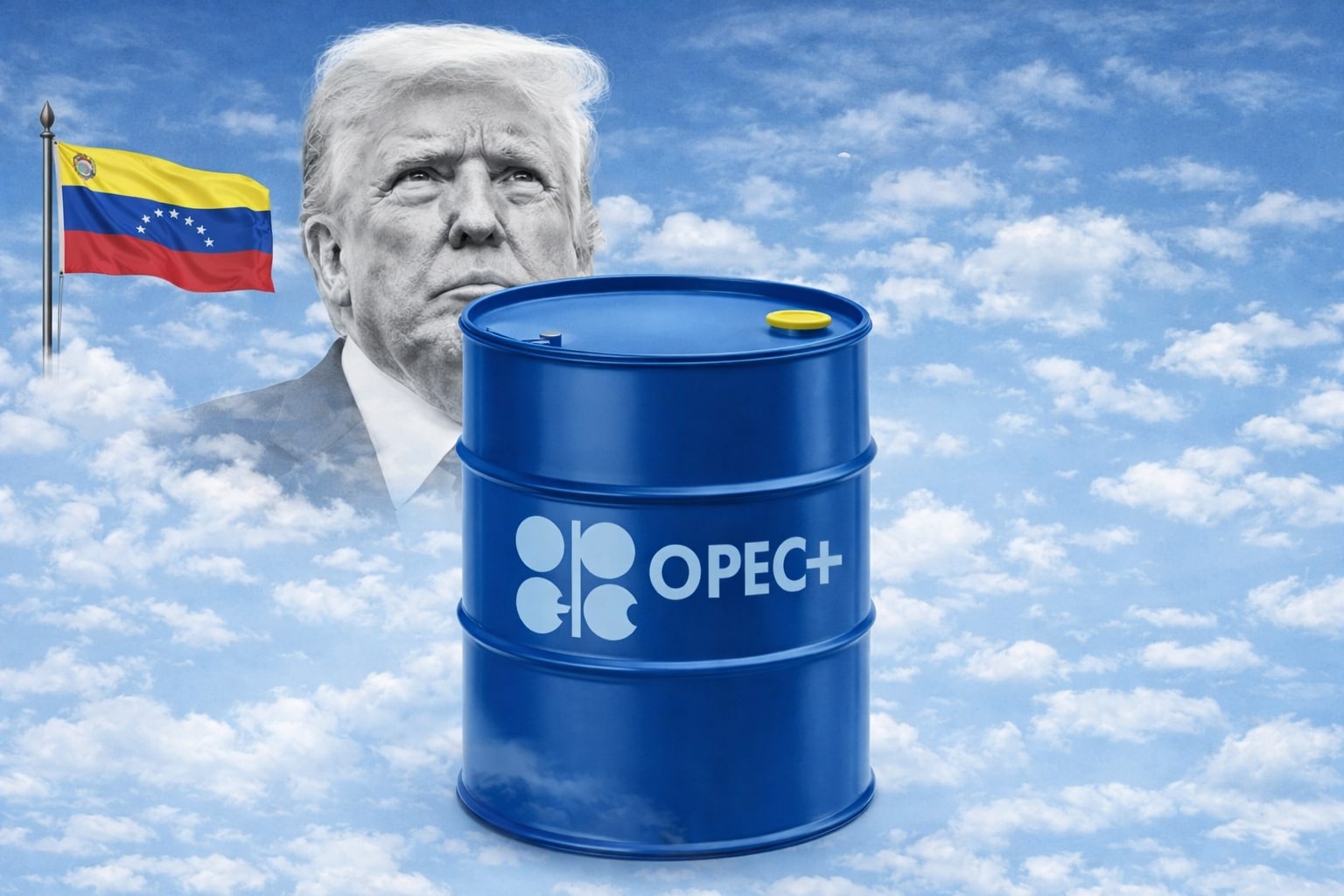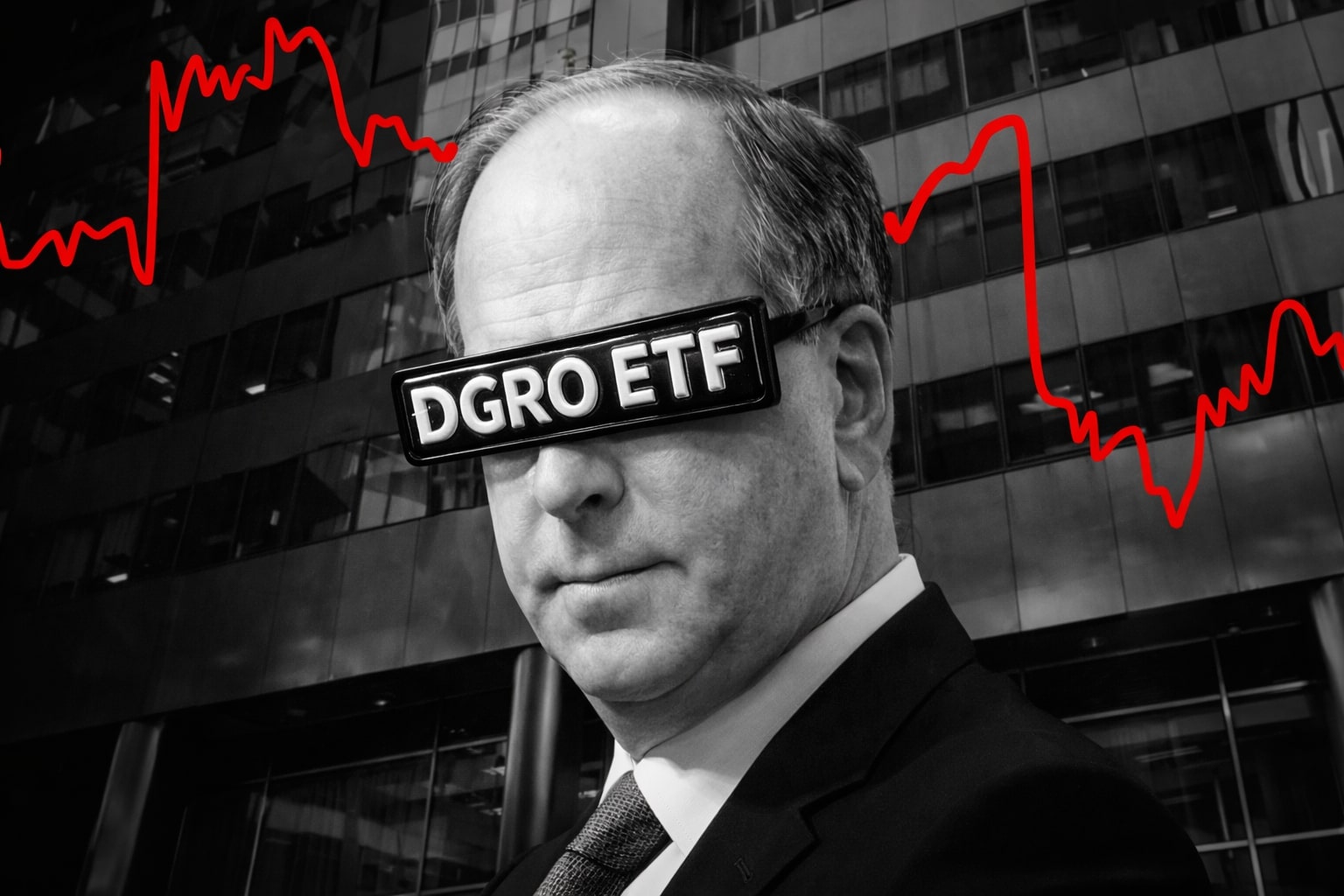
Natural Gas (NG=F) Climbs 8% to $3.25 as Colder Weather, Export Boom, and Output Decline Fuel Strong Rally
U.S. natural gas surges to its highest in a week on falling production, near-record LNG exports, and intensifying winter demand, setting the stage for a possible breakout toward $3.50 per mmBtu | That's TradingNEWS
Colder Forecasts and Weather Shifts Drive Heating Demand
Natural gas prices are surging as cold air sweeps across the northern United States and Europe, sharply increasing heating demand. Front-month Natural Gas (NG=F) futures jumped by 8% to $3.248 per mmBtu, reaching their highest close since October 9. Weather models now show below-normal temperatures through early November, reversing last week’s mild-weather outlook and triggering aggressive buying in both physical and futures markets.
Meteorological data from LSEG projects that U.S. gas demand, including exports, will rise from 101.5 billion cubic feet per day (bcfd) this week to 105.5 bcfd next week. This forecast marks one of the steepest week-over-week increases since January, aligning with an early start to the heating season. Traders are also pricing in potential arctic blasts in late October that could send spot prices toward $3.50–$3.60, particularly if power utilities begin ramping up storage withdrawals earlier than expected.
Production Slips to 106.6 bcfd, Tightening Supply Outlook
Production declines are reinforcing the price recovery. Average U.S. output across the Lower 48 states has slipped to 106.6 bcfd, down from 107.4 bcfd in September and below the record 108 bcfd in August. This modest but sustained reduction in supply has reversed the previous oversupply narrative that capped prices below $3 for much of Q3. Analysts attribute the output dip to maintenance shutdowns across key shale basins, notably the Permian and Haynesville, as well as weather disruptions in the Gulf.
The EIA storage report still shows inventories running 4% above seasonal averages, but that cushion is expected to narrow as colder weather hits and production remains soft. Seasonal draws typically accelerate after mid-October, and early data suggest storage withdrawals could exceed 75 billion cubic feet per week if temperatures remain below the five-year average through November.
LNG Exports Near Record Highs as Global Demand Surges
The export sector continues to drive structural strength in the natural gas market. LNG feedgas flows to U.S. export terminals have averaged 16.4 bcfd in October—an all-time monthly record—up from 15.7 bcfd in September. The U.S. remains the world’s largest LNG exporter, ahead of Qatar and Australia, with most cargoes heading to Europe and Asia where benchmark prices hover near $11 per mmBtu at both the Dutch TTF and Japan-Korea Marker.
Rising global demand for U.S. LNG is being bolstered by geopolitical tension and renewed energy security concerns. European utilities, rebuilding reserves after the Russia-Ukraine supply disruptions, continue to secure long-term U.S. contracts, while Asian buyers increase procurement ahead of the winter peak. The result is a sustained pull on U.S. natural gas supply that links domestic prices more closely to global dynamics than ever before.
Weather Risks and Potential Hurricane Disruptions
While colder weather has buoyed demand, storm developments in the Caribbean could complicate short-term pricing. The U.S. National Hurricane Center estimates a 70% probability that a tropical wave could form into a cyclone as it moves west toward Central America. Though it is not expected to reach the U.S. mainland, any shift north could impact Gulf Coast production and LNG infrastructure. Historically, hurricanes create conflicting price effects—short-term bullishness due to production cuts and bearish reactions if export capacity is halted. Traders are closely monitoring wind trajectories, as even temporary LNG downtime could shave 1–2 bcfd off export flows.
Storage Dynamics and Market Positioning
Storage remains a critical balancing factor. The latest EIA data indicate total working gas in storage slightly above 3.7 trillion cubic feet (tcf), around 4% higher than the five-year norm. However, traders anticipate accelerated drawdowns as the heating season intensifies. The psychological $3.00 support zone has held firm since early October, suggesting that market participants view this level as a floor for winter contracts.
Managed money positioning on the NYMEX shows speculative longs increasing by nearly 15% over the past week, while short interest fell to a one-month low. This reversal marks the first significant net-long expansion since July and supports the view that sentiment is shifting bullish into Q4. Technical momentum indicators further reinforce this stance, with the 50-day exponential moving average now acting as strong support around $3.05 and upside resistance seen near $3.35–$3.50.
Read More
-
DGRO ETF Price: Is DGRO at $69.17 Still the Better Dividend-Growth Bet?
17.12.2025 · TradingNEWS ArchiveStocks
-
XRP Price Stuck Below $2 As XRPI at $10.74 and XRPR at $15.26 Ride $1B+ ETF Inflows
17.12.2025 · TradingNEWS ArchiveCrypto
-
Natural Gas Price Forecast - NG=F Steady Near $4 as TTF Jumps on Colder Forecasts and LNG Outage Risk
17.12.2025 · TradingNEWS ArchiveCommodities
-
USD/JPY Price Forecast: USDJPY=X 155.50 Pivot Before BoJ Hike and US CPI
17.12.2025 · TradingNEWS ArchiveForex
Structural Demand Growth from AI and Industrial Power Use
Beyond weather volatility, structural growth in natural gas demand is emerging from industrial and technological sectors. AI-driven data centers, electric vehicle infrastructure, and hydrogen manufacturing are all contributing to a new phase of baseline consumption growth. Data from the U.S. Energy Information Administration show that natural gas-fired generation accounts for roughly 40% of U.S. electricity output, underscoring its importance as a transitional fuel amid decarbonization efforts.
This dynamic is further amplified by U.S. policy support for LNG exports, particularly following the Trump administration’s decision to lift the prior moratorium on LNG sales to non–free-trade nations. That policy shift unlocked additional export opportunities in Europe, Japan, and India, tightening the global gas market and elevating U.S. supply relevance.
Investment and ETF Exposure in the Natural Gas Market
Investor participation in natural gas has intensified through both equities and exchange-traded products. The United States Natural Gas Fund (UNG) rose nearly 6.4% in the past session, tracking front-month futures, while leveraged products such as ProShares BOIL jumped 12%, reflecting speculative bets on continued upside. On the equity side, Cheniere Energy (NYSE:LNG) and Kinder Morgan (NYSE:KMI) are key beneficiaries of surging export volumes, while First Trust Natural Gas ETF (FCG), composed of production-linked equities, gained nearly 5% last week.
Analysts note, however, that high volatility remains inherent to gas-linked ETFs due to contango effects in futures markets. Longer-dated contracts remain at a discount to spot prices, reflecting expectations of moderating prices after the winter demand spike. Traders with short-term horizons are capitalizing on these moves, but longer-term investors remain cautious, given the cyclical and weather-sensitive nature of natural gas pricing.
Outlook and Key Levels to Watch
The current setup points to a tug-of-war between surging short-term demand and lingering oversupply risks. If LNG flows remain above 16 bcfd and production stays below 107 bcfd, bulls could push prices toward $3.50–$3.60 in the coming weeks. Conversely, any rebound in output or warmer-than-expected November temperatures could cap gains and pull futures back toward $2.90–$3.00.
As of October 20, Natural Gas (NG=F) trades around $3.25 per mmBtu, up 8% on the day and 6.9% on the week, marking its strongest performance since early September. The balance between production declines, export strength, and winter weather patterns will dictate whether this rally evolves into a sustained breakout or fades into another cyclical pullback.
Based on current fundamentals and positioning, Natural Gas remains a Buy, with short-term targets near $3.50 and a potential extension toward $3.80 if early winter demand intensifies.



















